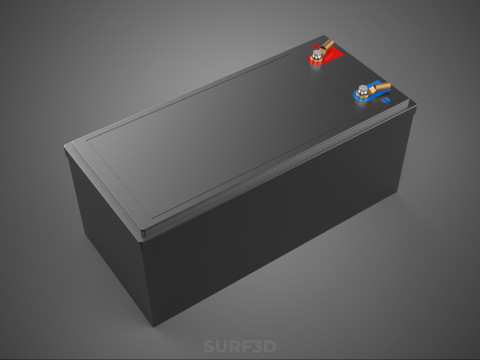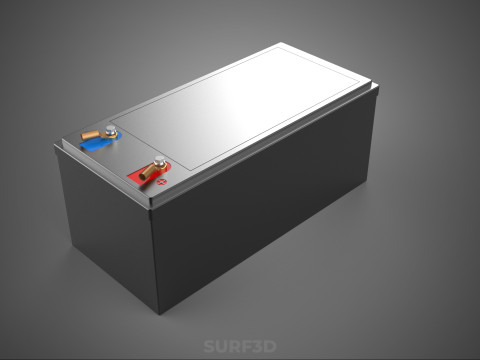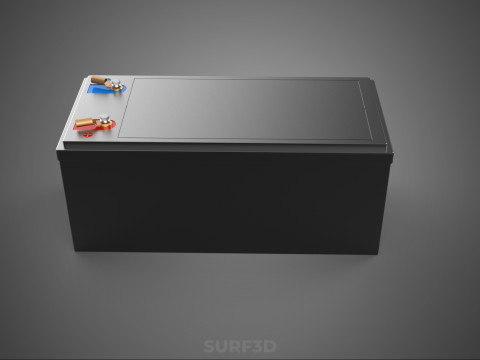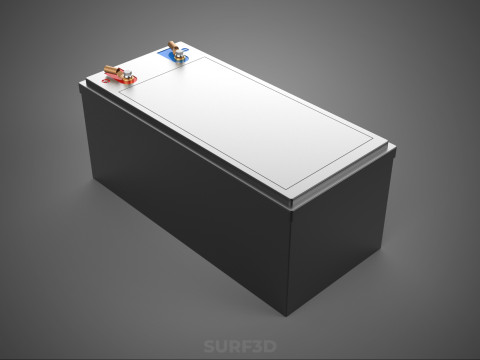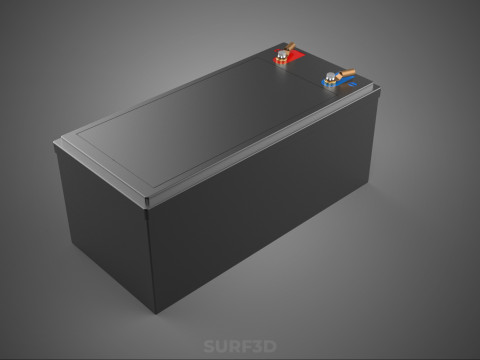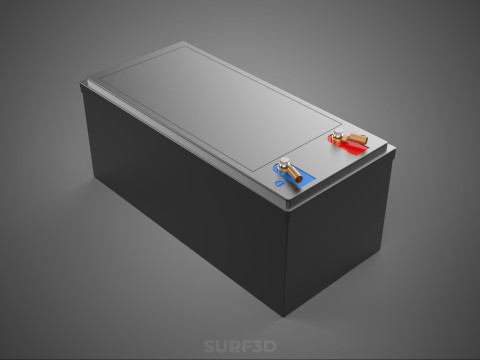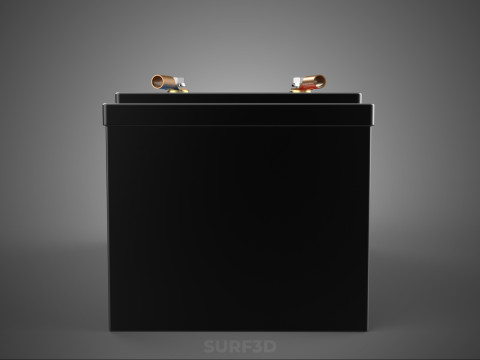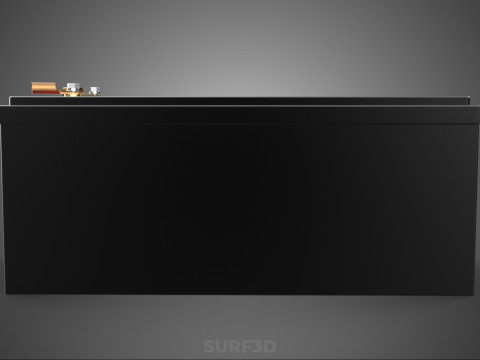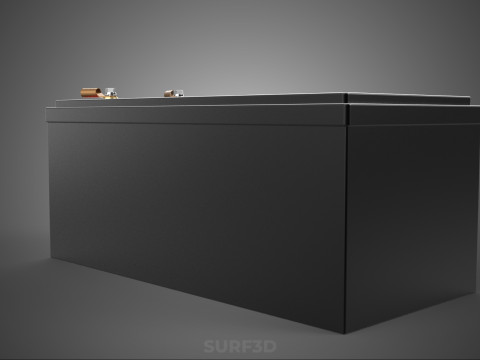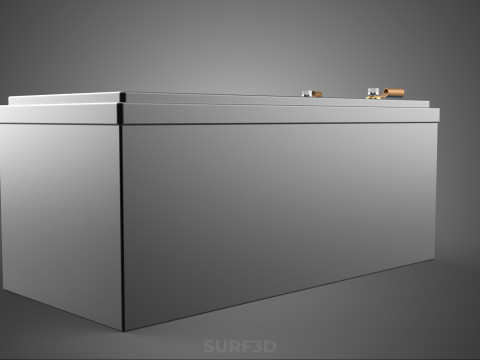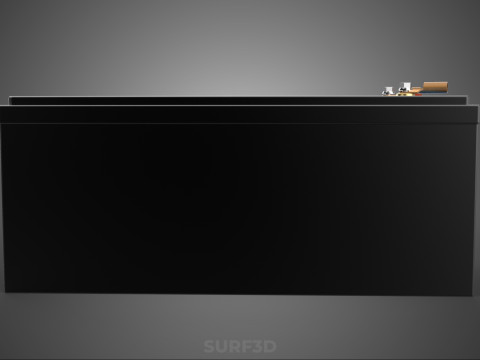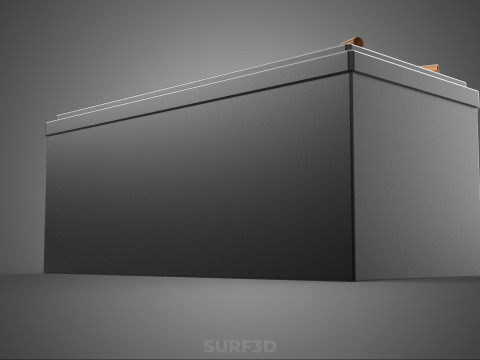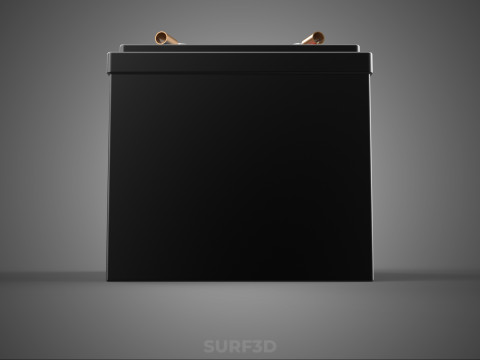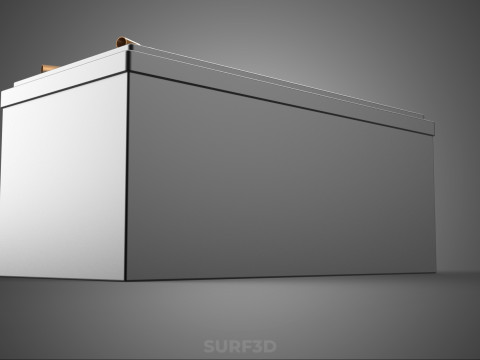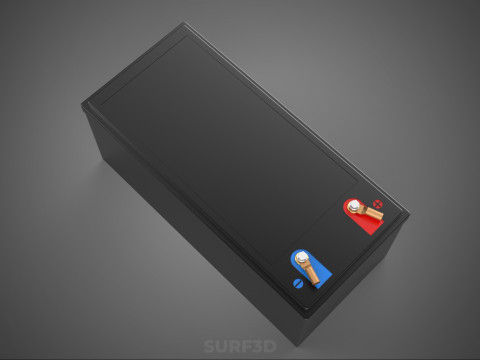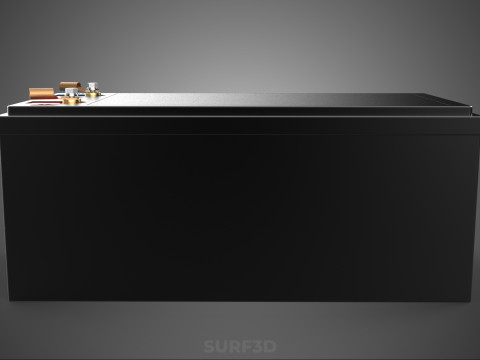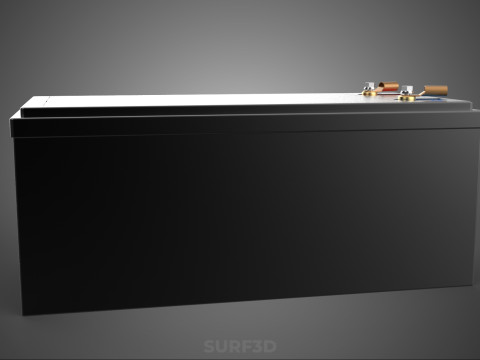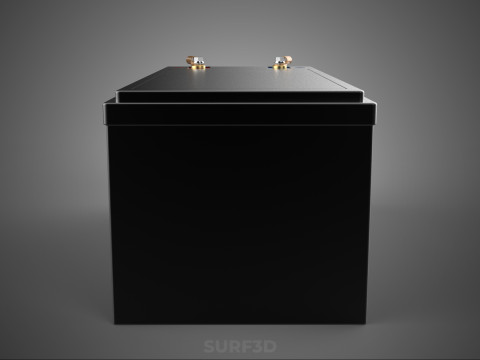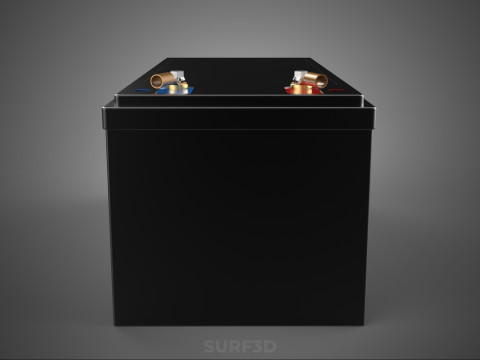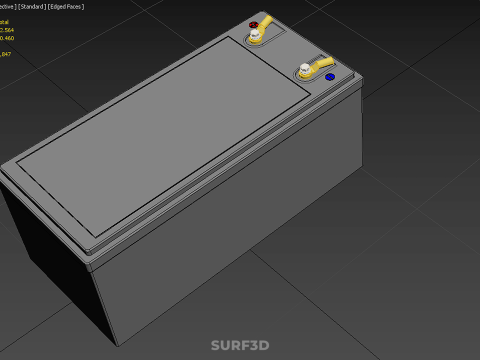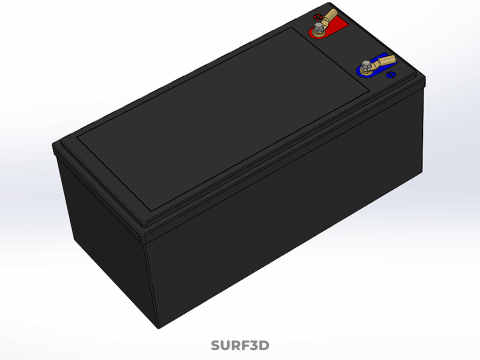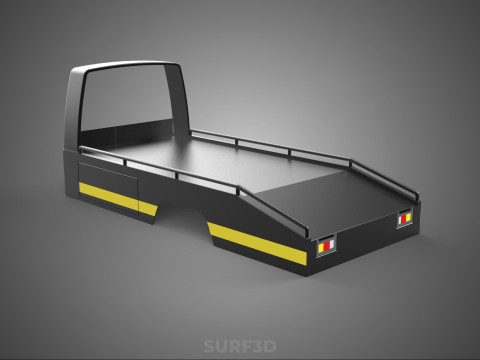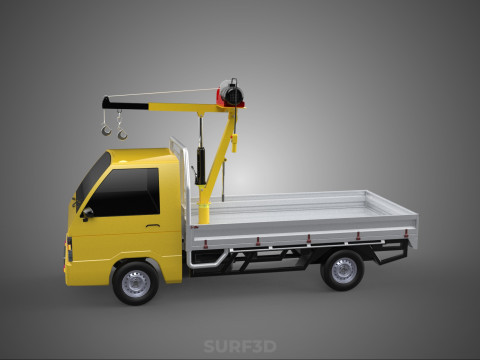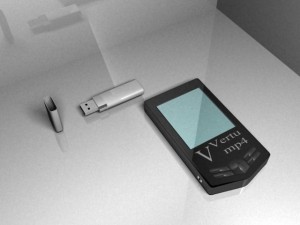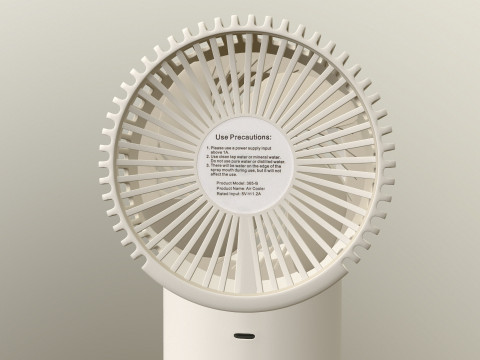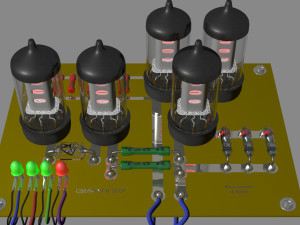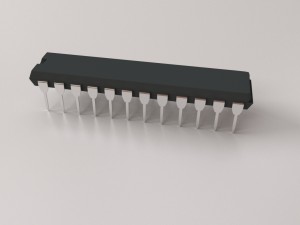标准工业电池 直流电压 电源 储能 3D 模型
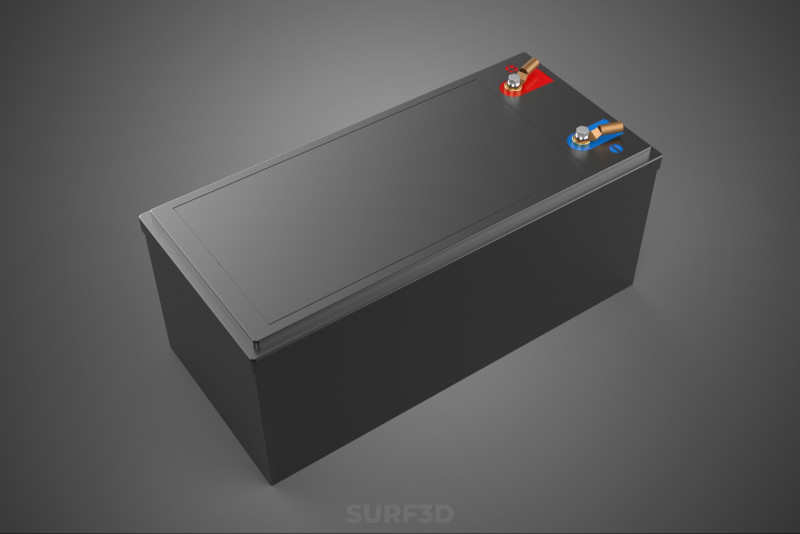
- 请求作者的产品支持
- 可用的格式:
- 项目 ID:595940
- 日期: 2025-08-31
- 多边形:12564
- 顶点:10460
- 动画:No
- 纹理:No
- 操纵:No
- 材料:
- 低聚:No
- 集合:No
- UVW 贴图:No
- 使用插件:No
- 打印准备:No
- 3D扫描:No
- 成人内容:No
- PBR:No
- 人工智能培训:No
- 几何:Poly NURBS
- 包装 UVs:Unknown
- 日期:261
描述
High-quality 3D assets at affordable prices — trusted by designers, engineers, and creators worldwide. Made with care to be versatile, accessible, and ready for your pipeline.
Included File Formats
This model is provided in 14 widely supported formats, ensuring maximum compatibility:
• - FBX (.fbx) – Standard format for most 3D software and pipelines
• - OBJ + MTL (.obj, .mtl) – Wavefront format, widely used and compatible
• - STL (.stl) – Exported mesh geometry; may be suitable for 3D printing with adjustments
• - STEP (.step, .stp) – CAD format using NURBS surfaces
• - IGES (.iges, .igs) – Common format for CAD/CAM and engineering workflows (NURBS)
• - SAT (.sat) – ACIS solid model format (NURBS)
• - DAE (.dae) – Collada format for 3D applications and animations
• - glTF (.glb) – Modern, lightweight format for web, AR, and real-time engines
• - 3DS (.3ds) – Legacy format with broad software support
• - 3ds Max (.max) – Provided for 3ds Max users
• - Blender (.blend) – Provided for Blender users
• - SketchUp (.skp) – Compatible with all SketchUp versions
• - AutoCAD (.dwg) – Suitable for technical and architectural workflows
• - Rhino (.3dm) – Provided for Rhino users
Model Info
• - All files are checked and tested for integrity and correct content
• - Geometry uses real-world scale; model resolution varies depending on the product (high or low poly)
• • - Scene setup and mesh structure may vary depending on model complexity
• - Rendered using Luxion KeyShot
• - Affordable price with professional detailing
Buy with confidence. Quality and compatibility guaranteed.
If you have any questions about the file formats, feel free to send us a message — we're happy to assist you!
Sincerely,
SURF3D
Trusted source for professional and affordable 3D models.
More Information About 3D Model :
A "Standard Industrial Battery DC 12/24 Volt Power Supply Energy Storage" system denotes a specialized, robust electrical apparatus engineered to deliver stable direct current (DC) power and store electrical energy within demanding industrial environments. These systems are fundamental for ensuring continuous operation and protecting sensitive equipment from power interruptions or fluctuations, typically operating at common industrial voltages of 12 or 24 volts DC. They integrate advanced battery technology with sophisticated power conversion and control mechanisms to provide reliable, conditioned power for critical industrial processes.
**Components**
A typical system comprises several interconnected components:
1. **Battery Bank**: The primary energy storage element, consisting of one or more batteries configured in series or parallel to achieve the desired voltage (12V or 24V) and ampere-hour (Ah) capacity. Industrial batteries are distinguished by their robust construction, enhanced cycle life, and ability to withstand deep discharges and demanding operational conditions. Common types include Valve Regulated Lead-Acid (VRLA) batteries (such as Absorbent Glass Mat (AGM) or Gel types), Flooded Lead-Acid (FLA) batteries, Nickel-Cadmium (NiCd) batteries, and increasingly, Lithium-ion (Li-ion) battery packs, each selected based on specific application requirements for performance, maintenance, and longevity.
2. **DC Power Supply / Rectifier-Charger**: This unit is responsible for converting incoming alternating current (AC) from the utility grid into a stable direct current (DC). It serves a dual purpose: supplying power directly to the connected industrial loads and intelligently charging the battery bank. Modern units often incorporate multi-stage charging algorithms (e.g., bulk, absorption, float) to optimize battery health, extend lifespan, and prevent overcharging or undercharging.
3. **Control and Monitoring Unit**: An essential component that oversees the system's operational parameters. It monitors battery voltage, current, temperature, and state of charge, managing charging and discharging cycles to protect the batteries from overcharge or deep discharge. Advanced systems may include a Battery Management System (BMS) for Li-ion batteries, which provides detailed cell-level monitoring, balancing, and protection, or supervisory control for other battery chemistries, often featuring alarm outputs and communication interfaces for remote monitoring.
4. **Distribution and Protection Circuitry**: Includes components such as circuit breakers, fuses, and disconnect switches. These devices provide essential protection against overcurrents, short circuits, and ground faults, ensuring the safety of personnel and equipment while allowing for safe maintenance and isolation of parts of the system.
**Operational Principles**
Under normal operating conditions, the rectifier-charger converts AC utility power to DC, simultaneously powering the industrial load and maintaining the battery bank in a fully charged, standby state (float charge). Should the primary AC power source fail, experience significant voltage sag, or become unstable, the battery bank automatically and instantaneously discharges, supplying uninterrupted DC power to the connected loads. This seamless transition ensures continuity of critical operations without any power interruption. Once AC power is restored and stabilized, the rectifier-charger automatically resumes its primary function of powering the load and recharging the battery bank.
**Technical Characteristics**
* **Voltage Output**: Configured for 12V DC or 24V DC, aligning with prevalent industrial equipment and control system standards.
* **Battery Chemistry**: Choice of chemistry influences performance characteristics like energy density, power output, cycle life, temperature tolerance, and self-discharge rate.
* **Capacity**: Rated in Ampere-hours (Ah), indicating the battery's ability to deliver a certain current over a specified period. System sizing depends on the power requirements of the load and the desired backup duration.
* **Efficiency**: The overall efficiency of the power conversion process impacts energy consumption, heat dissipation, and operational costs.
* **Environmental Ratings**: Industrial systems are designed to operate reliably across a wide range of environmental conditions, including temperature extremes, humidity, and resistance to vibration or dust ingress.
**Applications**
These power supply and energy storage systems are indispensable across a broad spectrum of industrial sectors:
* **Industrial Automation**: Powering Programmable Logic Controllers (PLCs), Distributed Control Systems (DCS), Supervisory Control and Data Acquisition (SCADA) systems, sensors, and actuators.
* **Telecommunications Infrastructure**: Providing reliable backup power for cellular base stations, switching centers, fiber optic networks, and other communication equipment.
* **Uninterruptible Power Supplies (UPS)**: As the critical DC energy storage component within larger UPS systems protecting data centers, medical equipment, and other sensitive loads.
* **Renewable Energy Systems**: Storing excess energy generated by solar photovoltaic (PV) arrays or wind turbines for later use, ensuring a continuous power supply regardless of generation fluctuations.
* **Motive Power Charging Infrastructure**: Supporting the charging stations for electric forklifts, Automated Guided Vehicles (AGVs), and other industrial electric vehicles.
* **Emergency and Safety Systems**: Ensuring continuous operation of emergency lighting, fire alarm systems, security systems, and access control during grid outages.
* **Oil and Gas Industry**: Powering remote monitoring stations, control systems, and cathodic protection systems in isolated or hazardous environments.
**Advantages and Considerations**
**Advantages**:
* **High Reliability**: Provides stable, conditioned DC power, crucial for sensitive electronic equipment and processes.
需要更多的格式吗?
如果你需要一个不同的格式,请打开一个新的支持票和为此请求。我们可以转换到 3D 模型: .stl, .c4d, .obj, .fbx, .ma/.mb, .3ds, .3dm, .dxf/.dwg, .max. .blend, .skp, .glb. 免费格式转换我们不转换 3d 场景 以及 .step, .iges, .stp, .sldprt 等格式。!
使用信息
标准工业电池 直流电压 电源 储能 - 您可以根据基本许可或扩展许可,将此免版税 3D 模型用于个人或商业用途。基本许可涵盖大多数标准用例,包括数字广告、设计和可视化项目、商业社交媒体账户、原生应用、Web 应用、视频游戏以及实体或数字最终产品(免费和出售)。
扩展许可包含基本许可授予的所有权利,没有任何使用限制,并允许在免版税条款下将 3D 模型用于无限的商业项目。
阅读更多


 English
English Español
Español Deutsch
Deutsch 日本語
日本語 Polska
Polska Français
Français 中國
中國 한국의
한국의 Українська
Українська Italiano
Italiano Nederlands
Nederlands Türkçe
Türkçe Português
Português Bahasa Indonesia
Bahasa Indonesia Русский
Русский हिंदी
हिंदी